Valek grapes: features of cultivation and care
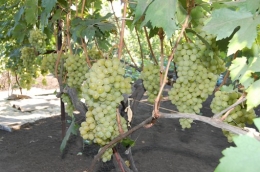
Valek is a hybrid form of grape. This variety was bred by an amateur breeder, a resident of the Kirovograd region, N.P. Vishnevetsky. The breeder developed this variety by crossing the following types of grapes: Kesh 1, Zvezdny, Rizamat.
Content:
External characteristics of Valek grapes
This grape variety belongs to those varieties whose ripening time comes very quickly. After 105 days, Valek grapes can be harvested. The second half of July and the first half of August are the ideal times to harvest these grapes.
This grape variety characterized by fairly large and strong clusters. The weight of one such bunch can vary from one to two kilograms. And in some cases, one bunch can weigh two and a half kilograms. Over the years, the brushes become larger and more massive.
Valek is characterized by large berries that can weigh about 14-16 grams. These berries have a soft, oval shape, measuring approximately 31x26 mm. Inside the berry there is soft, fleshy pulp. It has a pleasant sweet pear scent with a hint of nutmeg.
The berry itself is a beautiful bright yellow color. The peel is very thick, edible, as tasty as the pulp itself.
This grape sort quite rarely suffers from various fungal diseases and rotting.Valek is able to survive the winter, even if the temperature reaches -24 C. Typically, this grape produces a very large harvest. There are also no problems with it during transplantation and transportation.
Valek has a rather beautiful, bright, attractive appearance, and a sweet, pleasant taste, which is why winegrowers love it so much.
Valek grapes: features of cultivation and care
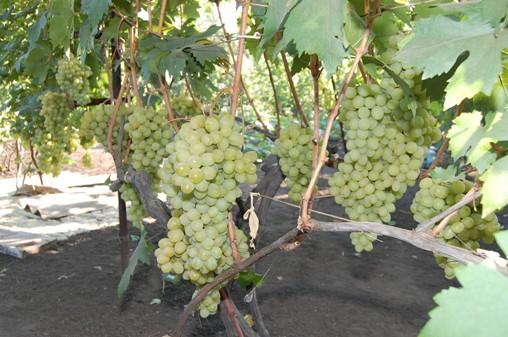
In order to grow a healthy, strong, dense bush of Valek grapes, you need to plant it correctly. Holes for planting must be dug, equipped with drainage, and the plant's roots must be watered at depth.
In outline, care for this grape variety not much different from caring for other varieties of this crop. It consists of carrying out the following procedures:
- Regular weeding of the soil
- Loosening the soil
- Watering in the summer
- Breaking off, pinching shoots
- Trimming
- Soil feeding
It is recommended to water no more than three times during the summer, but if the summer is too hot, it is better to do another watering. There is no need to prune within a year after planting.
Breaking off is necessary in order to get rid of bad (dry, diseased or weak) shoots on the plant, as they interfere with the normal flow of the required amount of water and nutrients to healthy, fruitful shoots.
Recommended break off shoots already after the tendrils and inflorescences form, but before the shoot near the base hardens and becomes almost wooden. You should start breaking off from the base of the bush, gradually moving towards the sleeves. Healthy, strong, fruitful shoots do not need to be touched; they will be useful for further renewal of the plant.
Then it becomes necessary to pinch the shoots, break off the shoots and thin out the leaves. These care activities for Valek grapes promote the flow of water and inorganic nutrients to healthy shoots. These procedures will also help to avoid improper growth and development of the plant.
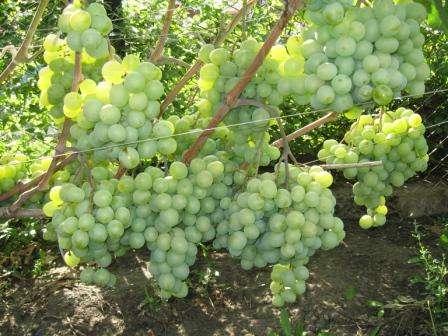
The essence of pinching is to get rid of the top part of the green shoot. This procedure is done a couple of days before flowering so that the bush does not grow too tall. This allows water and inorganic matter to flow to the inflorescences. Stepchildren also need regular breaking out.
The leaves that lie on the surface of the bunch, covering it from direct sunlight, must be trimmed. This promotes rapid ripening of the grapes and an increase in their sugar level. This procedure must be done several weeks before the grapes ripen. It is recommended to trim five leaves (or even less) from each bunch so as not to harm the plant.
In the fall, after the leaves have fallen, you can prune. If this is neglected, the bush may grow and the berries of the Valek grapes, which are usually large and stringy, may grow small and dry the next season.
Then you can start feeding the plant with the help of fertilizers. To do this, it is necessary to fill a trench with a depth of up to 65 cm, dug near the plant, with fertilizer.
The fertilizer should get as close to the roots of the grapes as possible. The proportion should be as follows: for 1 m2 of surface covered with vines you need 6-8 kg of manure and 80-100 grams of wood ash.
After the frost has passed, the removed vine needs to be folded and provided with warmth using spruce branches or protected with roofing material.Such a shelter should be securely installed, and with the arrival of winter, covered with snow. After the snow melts in the spring, you need to open the vine. This is best done before or after sunset or during cloudy, cloudy weather. Although the vine is rarely susceptible to fungal diseases, it does not hurt to spray the surface of the vine with special chemical solutions.
Sweet, tasty Valek grapes, and perhaps a bottle of homemade wine, are the result of great effort, a reward for the trouble and work spent on a summer cottage (or garden plot). The queen of all berries will immediately reward your work with its beneficial properties and pleasant, sweet taste.
Watch how the Valek grape variety is harvested in the video:
Interesting information about the vegetable garden

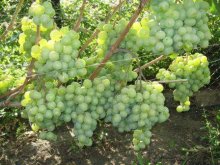
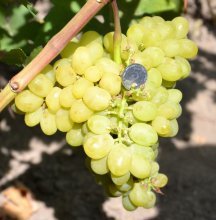
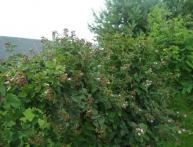
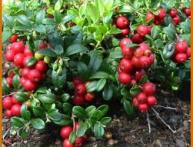
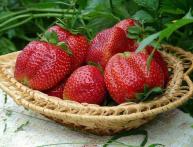
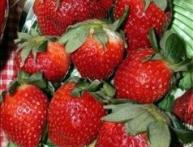
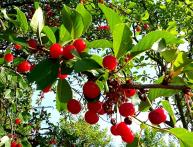
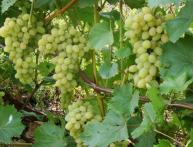
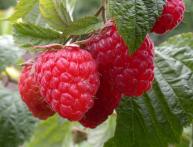
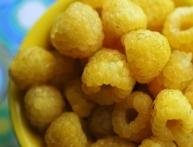
Comments
I had never done any gardening before, but now I’ve decided to do it, and there’s nothing I can’t do. But good advice will help solve all problems.